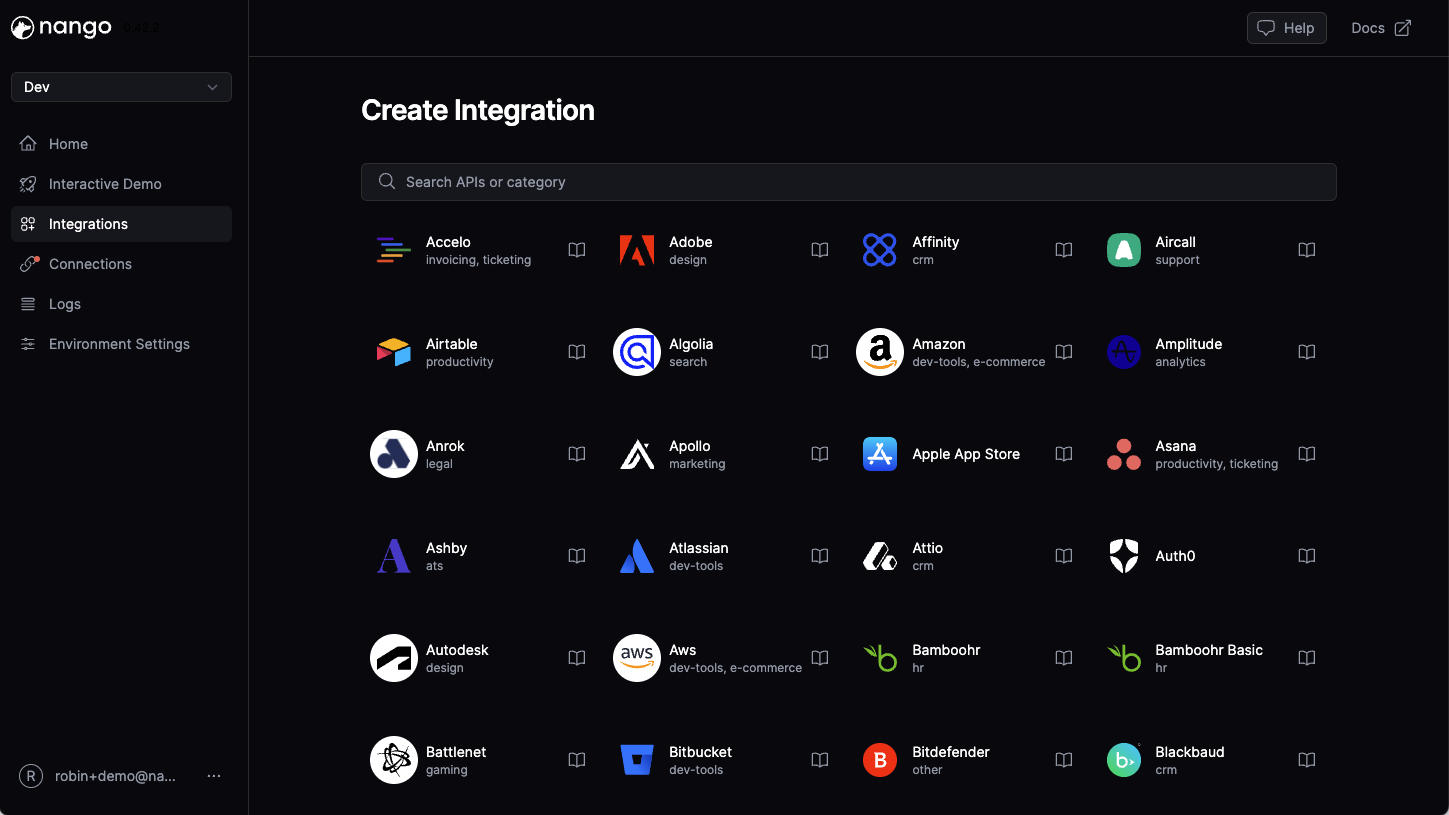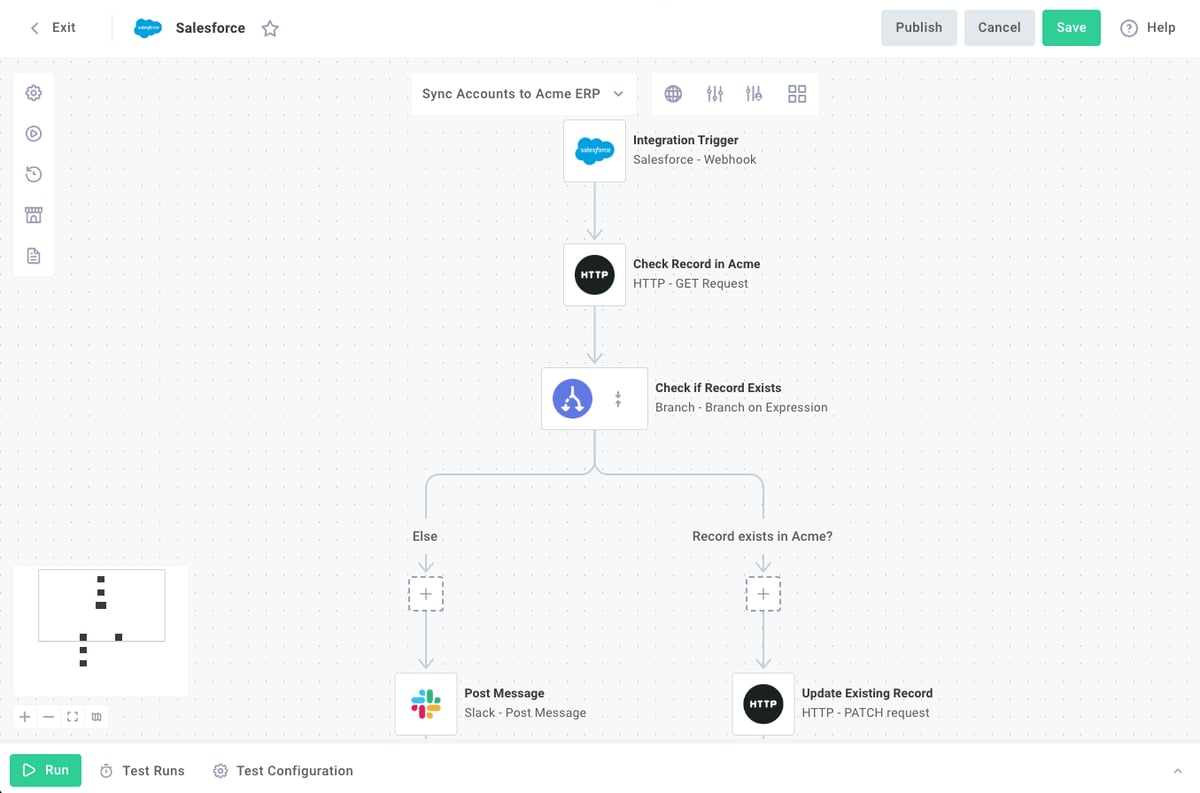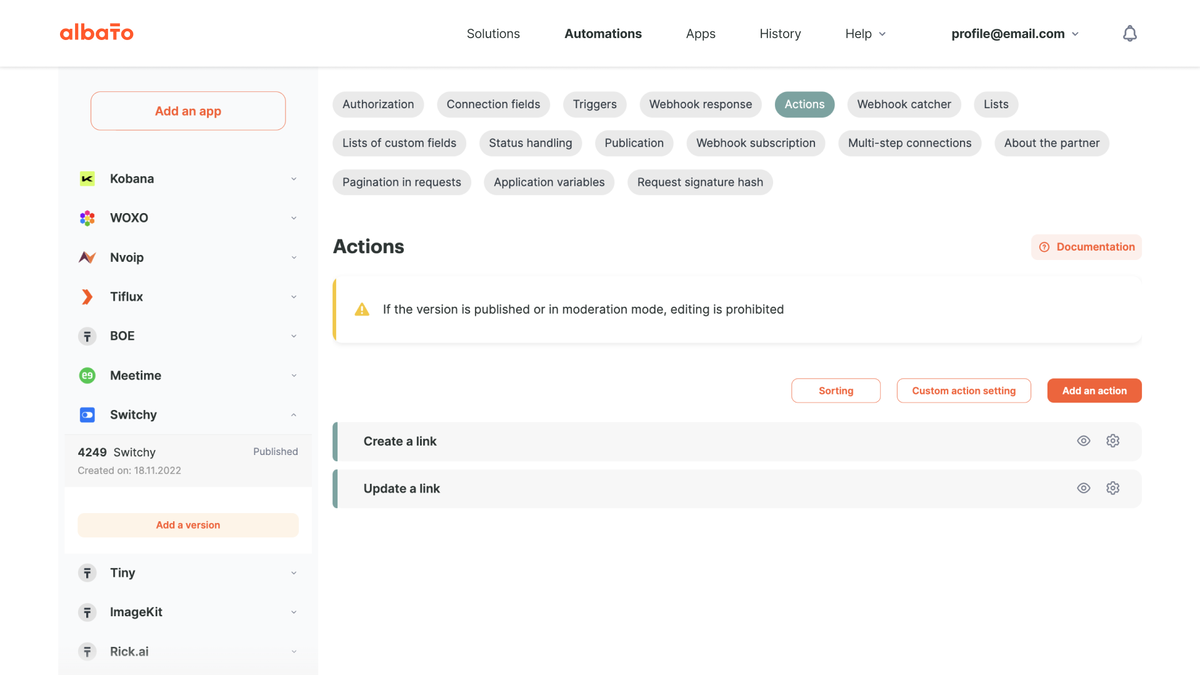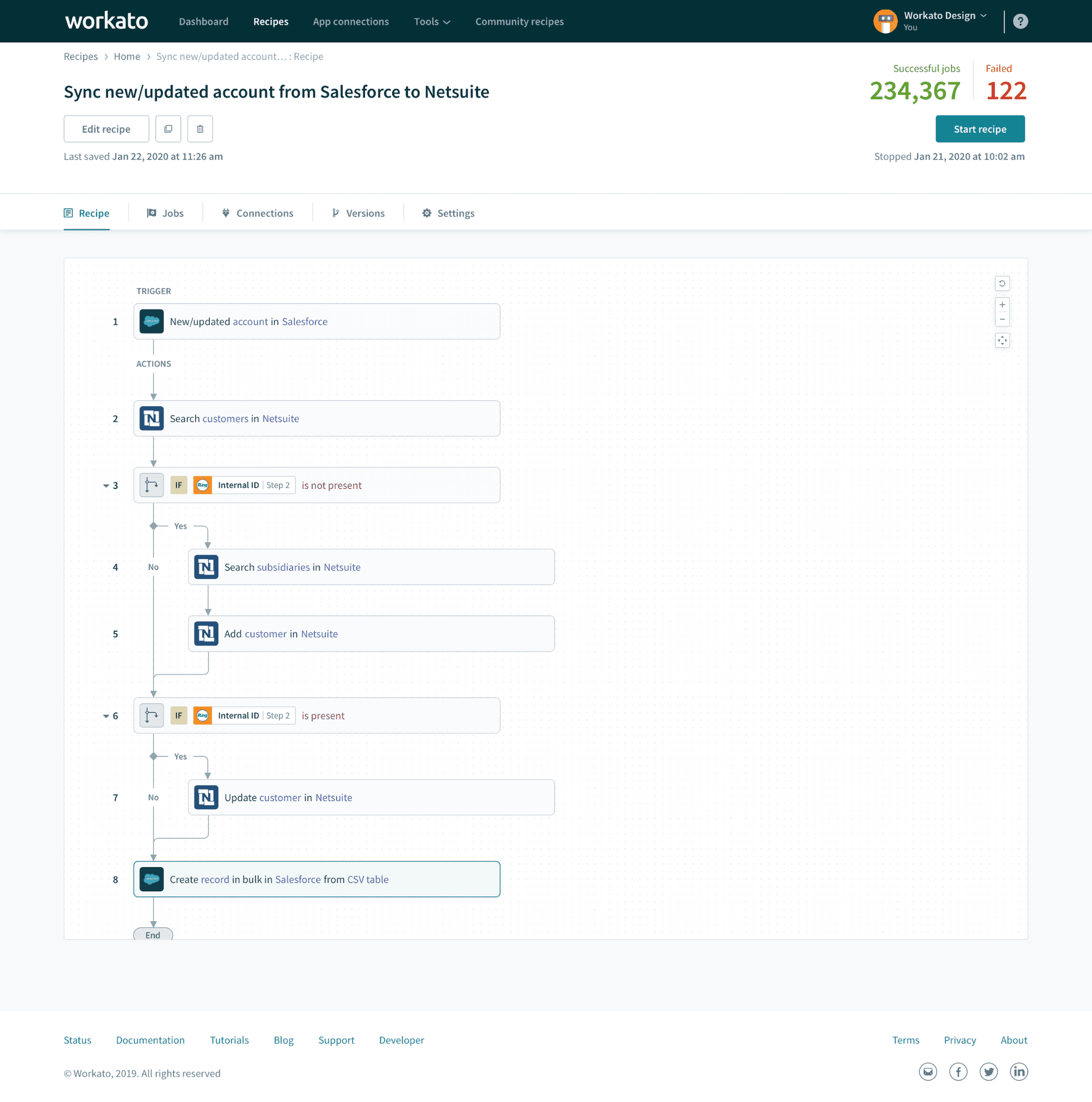Best embedded integration platforms to consider in 2025
We evaluated the top embedded integration platforms across API coverage, extensibility, developer experience, and production readiness.
Embedded integration platforms (sometimes called embedded iPaaS) help you integrate your product with all the other software your customers use. In other words, they help you build native integrations in your AI or SaaS product.
With so many options available, choosing the right platform for your needs can be challenging. We've analyzed the top embedded integration platforms in 2025 and evaluated them based on their API coverage, extensibility, developer experience, and overall capabilities for building production-ready integrations.
What are embedded integration platforms?
Embedded integration platforms help engineering teams build native integrations in their AI or SaaS products.
These platforms provide the infrastructure and tooling needed to connect your product with external APIs that your customers use daily.
Integrations built with embedded platforms can take many forms. They could be 2-way data syncs that keep customer data up to date across systems, AI tool calls that enable your agents to interact with external services, continuous data syncs for RAG applications, webhook processing to listen for events from external APIs, or batch operations that process large volumes of data.
Embedded integration platforms are often compared to unified API platforms. While both help you build integrations, they solve different problems. Unified APIs are excellent for shallow, long-tail integrations where you need basic functionality across many similar APIs. However, if you need deep, custom integrations that are core to your product's value proposition, you will likely outgrow pre-built unified APIs, unless you build a custom unified API tailored to your needs.
This is where the best embedded integration platforms shine: They give you full API access and control so you can build deep, custom integrations that automate key processes for your customers. Instead of working within the constraints of pre-built integrations, you have the flexibility to implement exactly what your product needs.
Key features to look for
A good embedded integrations platform should handle the following for you:
- API authentication: The platform should support authentication with a wide range of APIs using OAuth, API keys, basic auth, and other common methods. Ideally, you can add support for new APIs yourself, which is especially important for niche APIs your enterprise customers might require.
- Continuous data syncs: Fetching data from external APIs and keeping it up to date is a fundamental feature of most product integrations. Many platforms don't support this properly, or only offer limited versions that will constrain your integration. Look for platforms that handle pagination, change detection, deduplication, and efficient incremental syncs.
- Extensibility & customization: How easy is it to extend the platform's pre-built integrations? Do extensions fit well with your existing development workflow? Most teams need to build custom integrations and adapt pre-built ones to their specific use cases. Make sure the extension experience is excellent and doesn't lock you into proprietary formats.
- LLM tool calls & MCP server: If you plan to build AI integrations, make sure the platform has first-class LLM tool calling support and a built-in MCP (Model Context Protocol) server. This enables your AI agents to reliably interact with external APIs through a standardized interface.
- Great observability: Make sure the platform gives you visibility into every external API request, tool execution, and authentication attempt. Custom log messages, OpenTelemetry export, and detailed error messages should be standard. Without proper observability, debugging production issues becomes nearly impossible.
We have used these criteria when analyzing the platforms recommended below.
Best embedded integration platforms
You might want to consider the following four embedded integration platforms for your product integrations.
Nango
Nango is the leading open-source platform for product integrations.
It supports 500+ APIs across 28 categories out of the box and is used by hundreds of teams for their core integrations.
Instead of providing limiting, pre-built integrations, Nango gives you a powerful platform to build your own integrations. Integrations are expressed as functions, live in your codebase, and can be built with any IDE or AI coding agent, giving you full control while benefiting from Nango's battle-tested infrastructure.
Nango supports a wide range of integration patterns, including 2-way data syncs, LLM tool calls, listening to external webhooks, API unification, per-customer configuration, and other advanced patterns that sophisticated products require.

Pros
- Large catalog of 500+ supported APIs: Nango has one of the largest catalogs of any integration platform. The open-source model means customers can easily contribute support for new APIs, ensuring you're never blocked waiting on the platform team to prioritize your specific needs.
- You have control over your integrations: With Nango, you can easily adjust and update the code behind your integrations. This makes it straightforward to solve unique edge cases, tailor integrations to fit your product's needs, and respond quickly when external APIs change or customers have specific requirements.
- Designed for developers: Everything is code-first. Use your own IDE and AI tools to work on integrations. Integrations live in your codebase and you can deploy new changes to Nango as part of your CI/CD workflow.
- Deep observability: Every integration automatically produces detailed logs including external API requests, error messages, and custom log messages you define. You can export traces to any OpenTelemetry receiver, making it easy to integrate with your existing monitoring infrastructure.
- Battle-tested infrastructure: The Nango infrastructure processes billions of API requests per month. It auto-scales on traffic surges (such as webhook floods) and provides robust tenant isolation for each of your customer's integrations, ensuring that issues with one customer don't affect others.
Prismatic
Prismatic is an embedded iPaaS for product integrations. It tries to cater to both technical and non-technical users by providing code and low-code interfaces to build integrations.
The platform offers a visual workflow builder alongside code-based integrations, though both approaches share the same underlying execution model and limitations around integration patterns.

Pros
- Supports both code and low-code workflows: You can build workflows on Prismatic both in code or with a low-code workflow builder. This flexibility can be appealing if you have both technical and non-technical team members who need to work on integrations.
- Embedded workflow builder: Prismatic offers a low-code workflow builder you can embed in your product to let customers build custom workflows themselves. This feature is rare among integration platforms.
- Embedded integrations marketplace: You can embed the integrations marketplace of Prismatic in your product to let customers discover and activate integrations themselves. This can reduce support burden and help customers self-serve.
Cons
- Limited integration patterns: Prismatic only supports simple if-this-then-that style integrations. It doesn't support 2-way data syncs, LLM tool calls, scaled webhook processing, per-customer configuration, or API unification. If your integrations need these patterns, Prismatic won't be sufficient.
- Limited extensibility: You cannot view or modify the code of pre-built connectors. While Prismatic lets you add support for new connectors, you cannot add support for new APIs yourself. If Prismatic doesn't support an API you need, you're stuck waiting on their team to build it.
- Limited scalability: Prismatic has strict platform and concurrency limits that make it hard to scale integrations. Workflows can only run for 15 minutes with a max memory usage of 1 GB. This makes it difficult to process accounts with a lot of data. Strict concurrency limits mean your integration may suddenly stop working for customers if you experience a surge in traffic.
Albato
Albato is an automation platform that also offers an embedded version called "Albato embedded". Integrations are defined as workflows in a low-code editor and can be presented to users in "solutions". Albato provides a catalog of pre-built integrations, but you cannot modify or extend these integrations.

Pros
- Embedded integrations catalog for users: Albato offers an integrations catalog you can embed in your product, allowing users to activate integrations themselves.
- Fully outsourced integrations: Albato's offer includes white-glove services from their team to help build integrations for you. This can free up your engineering team's time, though it means giving up control over integration code.
- Users can customize workflows: Albato allows your users to clone workflows and define their own custom workflows, useful if customers need to adapt integrations to specific processes.
Cons
- Users authorize Albato, not your app: When users connect their account, they authorize Albato, not your app. This also means you cannot access the user's access token or API keys, even if you want to move to another platform later on. This creates vendor lock-in that can be difficult to escape.
- Limited integrations: Albato only supports simple if-this-then-that flows. You cannot build data syncs, LLM tool calls, listen to webhooks, or build integrations processing high data volumes. This makes it hard to support enterprise customers who often need more sophisticated integration patterns.
- No customization or extension of integrations: You cannot extend or customize integrations on Albato. If you need an API or interaction they don't support today, you need to wait on their team to prioritize and build it for you. This dependency can slow down your product roadmap significantly.
Workato
Workato is an iPaaS for internal workflow automations that also offers an embedded version. The platform focuses on providing many pre-built actions for popular APIs and a visual workflow builder for creating automations.

Pros
- Extensive library of actions: Workato offers a wide range of pre-built actions for popular APIs, enabling fast integration setup without starting from scratch.
- Low-code builder with UI design features: The visual builder supports workflow creation and allows you to design user interface screens and wizards for custom integrations.
- Embeddable components: Workato provides options to embed individual widgets or the complete workflow builder in your product through iFrames.
Cons
- Limited integration patterns: Workato only supports if-this-then-that workflows. You cannot build data syncs, LLM tool calls, webhook processing, and other more advanced integrations. It also doesn't support building unified APIs. This limitation means Workato won't work for many integration use cases.
- Cumbersome developer experience: Workato is optimized for non-technical users building integrations with its low-code workflow builder. You cannot build workflows in code and custom connectors only support a limited set of features. If your team prefers code-first development, Workato's experience may feel restrictive.
- Limited action customization: While custom connectors can be built from scratch, you cannot modify the logic of the pre-built Workato actions. Customization is restricted to creating new connectors instead of extending existing ones, which can lead to duplicated effort and maintenance overhead.
Final thoughts
The goal is to find the right balance between development speed and functionality. Consider starting with a platform that offers extensibility and control, as these capabilities become increasingly important as your product grows.
For teams evaluating their options, our guide to finding the best integrations partner provides additional framework for making this important decision. And if you're building AI integrations specifically, check out our best practices for AI agent integrations for platform considerations specific to that use case.





